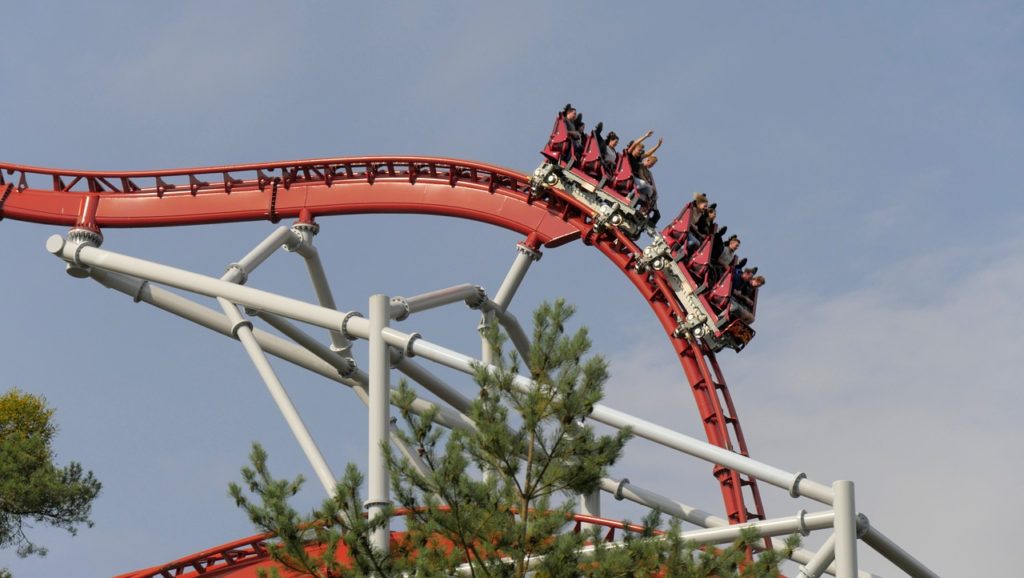In the last two trading days, global equity markets have taken a drubbing. The Dow has lost more than 2,200 points since Friday morning and is off 8.5% since its 26,616 high on January 26th. Year-to-date, (after a great start in January) the Dow is now in negative territory, down 1.5%.

Investors are rightly wondering whether this is a temporary pullback needed to refresh bargain hunters or the start of something larger and longer. No one can accurately and consistently predict the path of markets, but it may be useful to put some context around the recent decline.
The S&P 500 Index is now 5% off its recent highs—after a record-setting 406 trading days without such a pullback. Clearly, we have been overdue for some backing and filling. While the recent price action may be disconcerting to some, we see the abruptness of the pullback as a sort of “market’s payback” for the long stretch of uncharacteristically calm and consistent gains investors experienced in 2017. To read our commentary about the markets in 2017 and our 2018 Outlook, please click here.
The global economic backdrop for this market decline is much different than the macroeconomic backdrops during other recent declines, which in recent years have happened due to things like the British vote to leave the European Union (aka Brexit) or the downgrade of U.S. Treasury debt. While it is impossible to accurately attribute any specific market move to a particular factor, the recent decline has (probably) happened almost for the opposite reason as other recent declines: a very strong and growing global economy that is gaining steam to the upside. Investors are seeing many positive growth indicators across most of the world and are now becoming worried about the collective actions that the world’s central banks will need to take to prevent overheating and high inflation. Here in the U.S., investors are expecting the Fed to have to continue to raise interest rates throughout 2018 to contain inflation.
From a fundamental perspective, both our economy and the global economy at large are on their best footing in many years. Corporate earnings are likely to be very strong across developed markets in 2018 as hiring and growth picks up around the world.
A periodic resetting of prices to lower levels, while never pleasant, is healthy for markets. An old Wall Street adage says that “stocks take the escalator up. . . but the elevator down.” Algorithmic trading almost certainly played a role in the wild price swings on Monday, when the Dow alternatively gained and lost hundreds of points in minutes, or even seconds. Trading programs, which are often guided by technical levels and triggers in the markets, can disrupt the normal flow of trading. For better or for worse, machine traders are a big factor in today’s markets—particularly when they are all marching in the same direction.
We will likely see more volatility in the markets in the near future, but long-term investors should continue to focus on their distant financial objectives while keeping in mind that occasional sharp declines are a natural feature of markets.
Please don’t hesitate to get in touch with me if you would like to discuss your portfolio or the markets.




